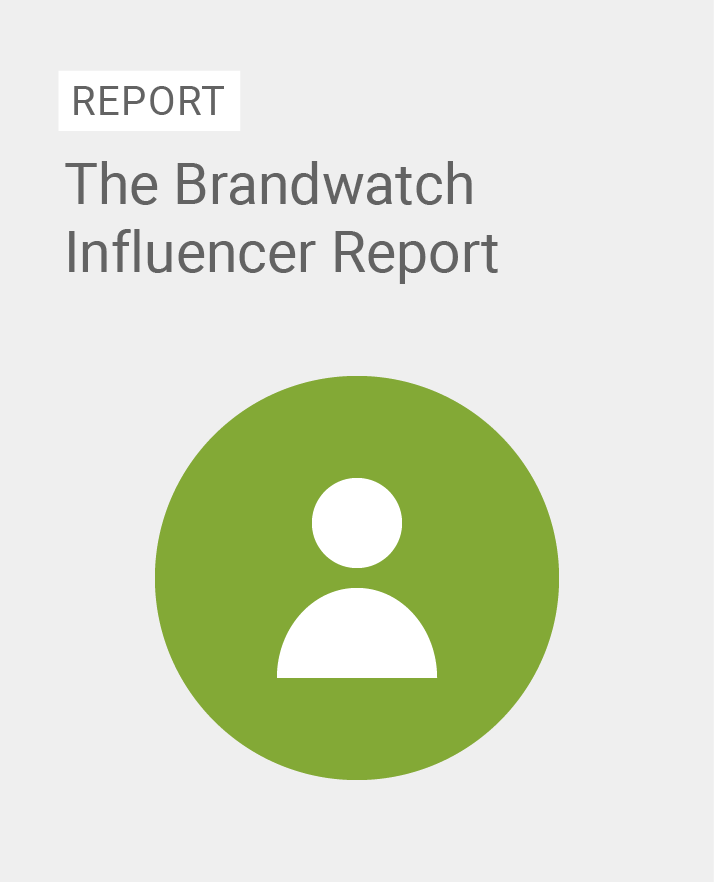Best Times to Post on Social Media (Each Platform)
By BrandwatchOct 21
Join us as we explore how social media, AI, and other emerging technologies are driving the future media trends.
Published December 13th 2018
Get full details on how the LinkedIn algorithm works and what you need to do to make it work for you.
Brandwatch analyzed 800 million tweets to identify the big names and micro-influencers that are actually engaging the audiences that matter to you..

Existing customer?Log in to access your existing Falcon products and data via the login menu on the top right of the page.New customer?You'll find the former Falcon products under 'Social Media Management' if you go to 'Our Suite' in the navigation.
Brandwatch acquired Paladin in March 2022. It's now called Influence, which is part of Brandwatch's Social Media Management solution.Want to access your Paladin account?Use the login menu at the top right corner.